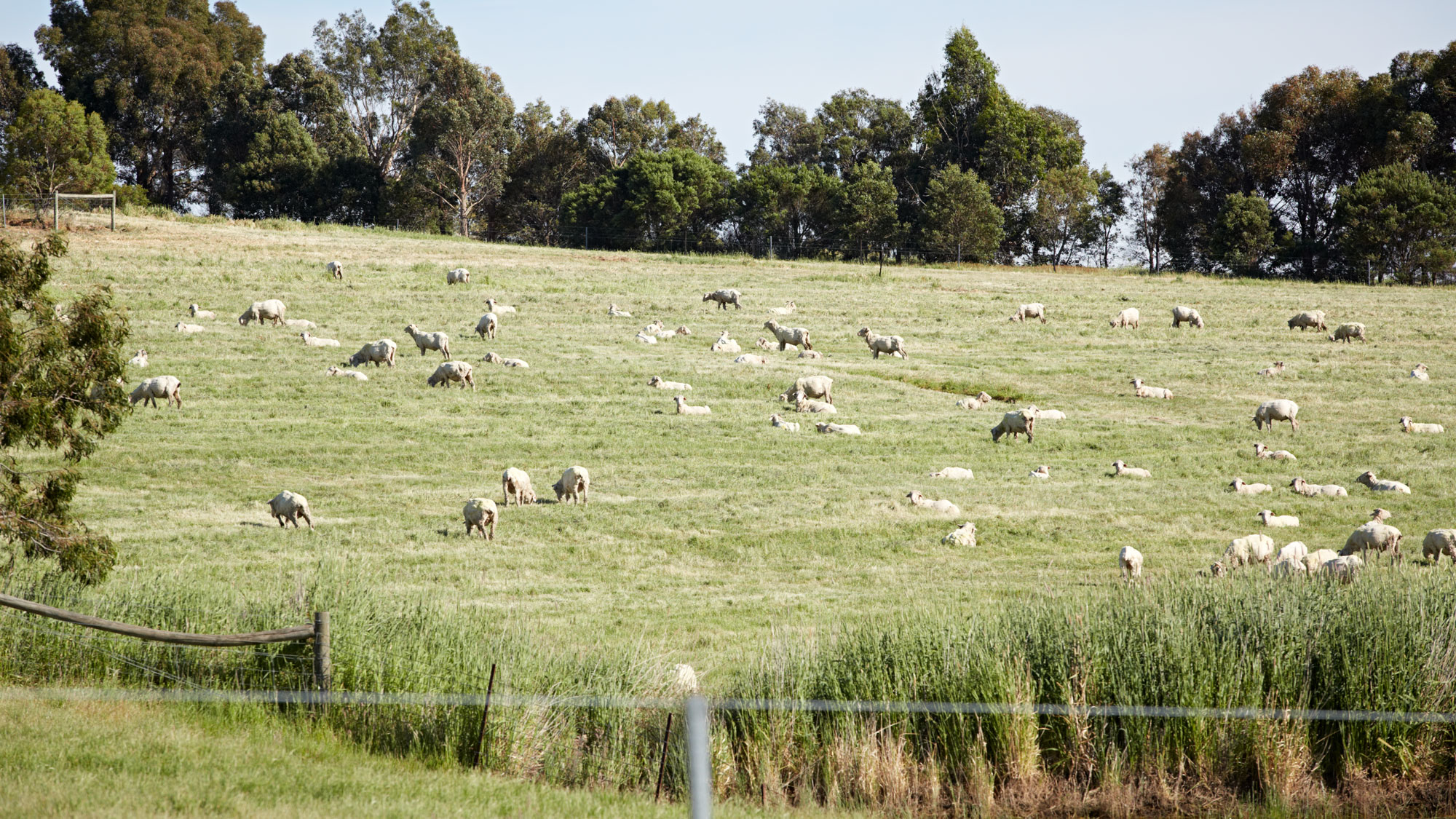Chapter 11.2 Plan an integrated health management program
Background information
Know the important diseases that can occur on your farm, be able to recognise symptoms and adopt preventative strategies rather than relying on treatments to suppress disease. Integrate management and chemical treatments to optimise production; minimise residues; reduce animal health costs; and reduce the development of chemical resistance.
Drench resistance is a major problem in all areas where gastrointestinal parasites occur. Whilst it is the inevitable outcome of using worm drenches, strategies can be adopted to slow the development of resistance.
Management changes may reduce the risk of disease. In such cases, the underlying program may be changed, for example, to reduce frequency or eliminate treatment. Alternatively, changing flock structure may increase the risk of parasitic disease, and so require more intensive monitoring. If you are unsure, consult your veterinarian, sheep health advisor, or State Department of Agriculture/ Primary Industries advisor to determine the likely disease status of your property. Local knowledge from other sheep producers can also help.
At a glance
- Know and understand the main sheep diseases in your locality.
- Use a preventative health program that integrates a number of controls to prevent disease.
- Sheep with good nutrition manage worm burdens better.
Important endemic diseases
The major endemic diseases that require preventative programs include:
- Gastrointestinal parasites, including black scour worm (Trichostrongylus spp.), brown stomach worm (Teladorsagia circumcincta) and barber’s pole worm (Haemonchus contortus) (see tool 11.8 and tool 11.9)
- Liver fluke (Fasciola hepatica) (see tool 11.10)
- Flystrike (commonly caused by the Australian sheep blowfly, Lucilia cuprina) (see tool 11.11)
- Clostridial diseases and cheesy gland (Caseous lymphadenitis) (see tool 11.12)
- Footrot (Dichelobacter nodosus) (see tool 11.13, tool 11.14, tool 11.15 and tool 11.16)
- Lice (Bovicola ovis) (see tool 11.13, tool 11.14, tool 11.15 and tool 11.16)
- Johne’s disease (Mycobacterium paratuberculosis) (see tool 11.13, tool 11.14, tool 11.15 and tool 11.16).
Implement a preventative health program
Once the risk of disease is identified, adopt cost-effective preventative programs. For worm control important actions include:
- Strategic treatment timed to reduce the number of drenches required to minimise disease impact.
- Management systems to minimise the risk of disease in the highest-risk mobs:
- Grazing management to provide weaner sheep with low-worm-risk paddocks.
- Rotate sheep and cattle.
- Use intensive grazing management to control barber's pole worm.
- Make sure weaners and lambing ewes achieve condition score targets to minimise disease risk, and supplement if falling below critical limits for both energy and protein.
- Monitor worm egg counts (WEC) as the basis for when to drench.
- Monitor drench resistance on your property to ensure only effective drenches are used (see tool 11.9 for guidelines).
- Select sheep for increased resistance to worms (low WEC) and lower dags (DAG), or purchase rams from studs that can demonstrate progress in these traits without compromising wool and meat quality (see chapter 9.2 in MMFS Module 9 Boost Business with Breeding).
- Use an integrated parasite management approach.
- Visit WormBoss for regional worm recommendations.
Trigger points for action
Trigger points are particularly relevant when seasonal conditions are ideal for the development of disease or, alternatively, when conditions reduce the necessity for normal strategic treatments. Develop a health monitoring plan that includes trigger points for action, such as a reduction in condition score, WEC above drench threshold, obvious signs of ill health or parasite infestation (e.g., rubbing sheep or scouring).
SIGNPOSTS
WATCH
Sheep producers have used the power of good genes to fight worms, using Worm Egg Count (WEC) ASBV to reduce drenching costs, stock losses and chemical use.
READ
Flies, lice and worms are a major concern for woolgrowers. AWI has developed tools for woolgrowers to manage these risks.
The MLA website includes tips and tools for the prevention, diagnosis and treatment of worms.
A comprehensive website on faecal worm egg counts including information on how to use faecal egg counts and sampling guidelines.
Resources managing worms in sheep, including worm management plans and what you can do to delay the onset of drench resistance on your property.
USE
ParaBoss is an integrated national program providing best practice advice for managing parasites in different environments in Australia. It is the umbrella for four flagship programs:
- WormBoss
- FlyBoss
- LiceBoss
- TickBoss
Allows users to search by species, disease or syndrome to instantly access veterinary advice. Can be accessed online or is available as an app for both iOS and Android.
Allows users to search by species, disease or syndrome to instantly access veterinary advice. Can be accessed online or is available as an app for both iOS and Android.
Allows users to search by species, disease or syndrome to instantly access veterinary advice. Can be accessed online or is available as an app for both iOS and Android.






